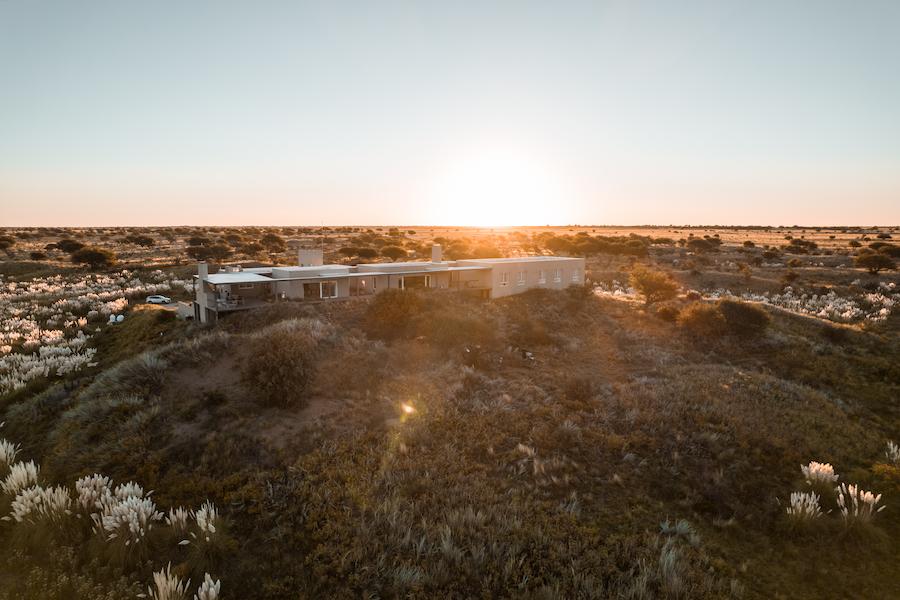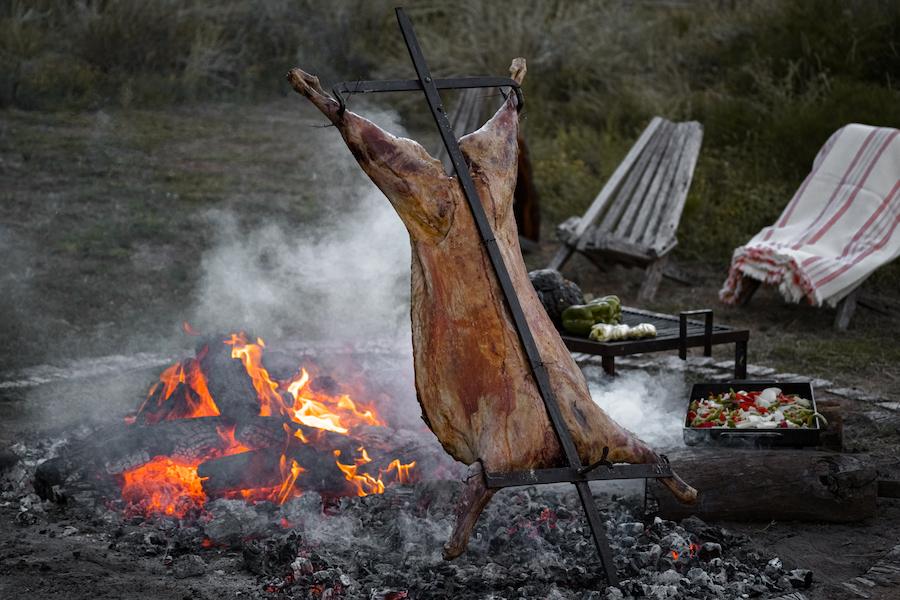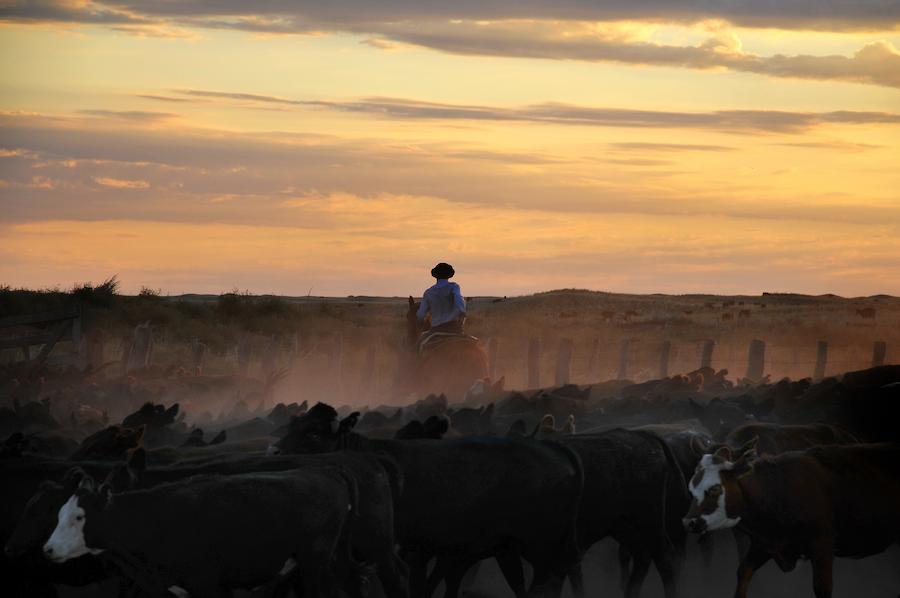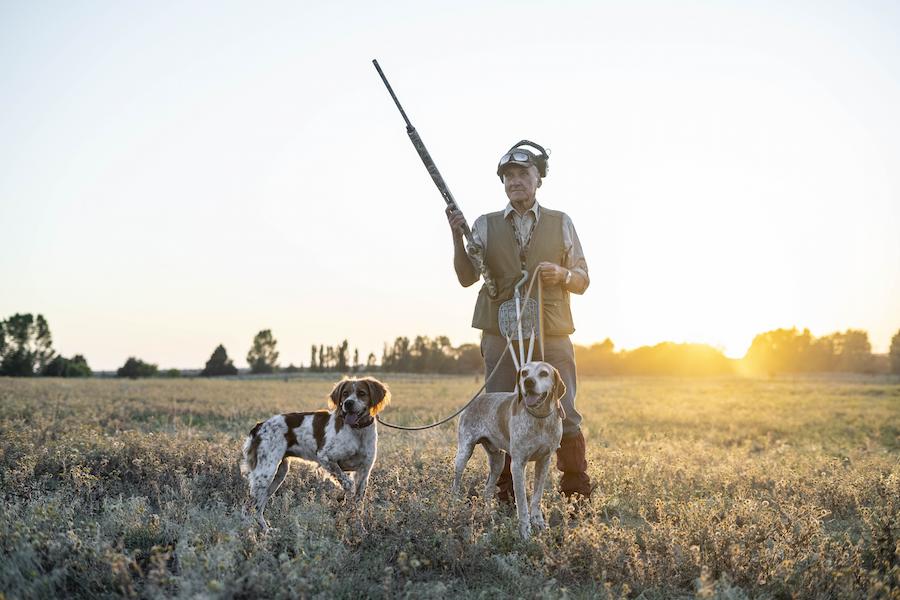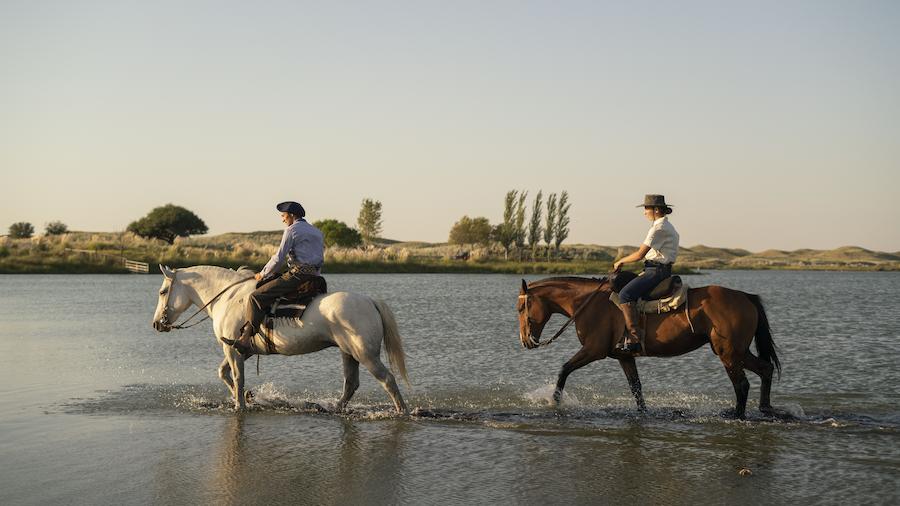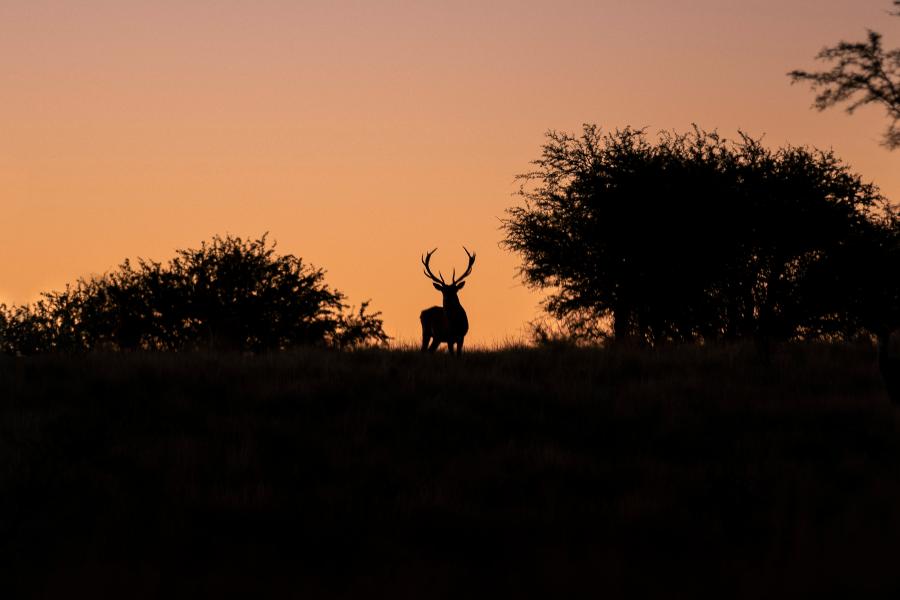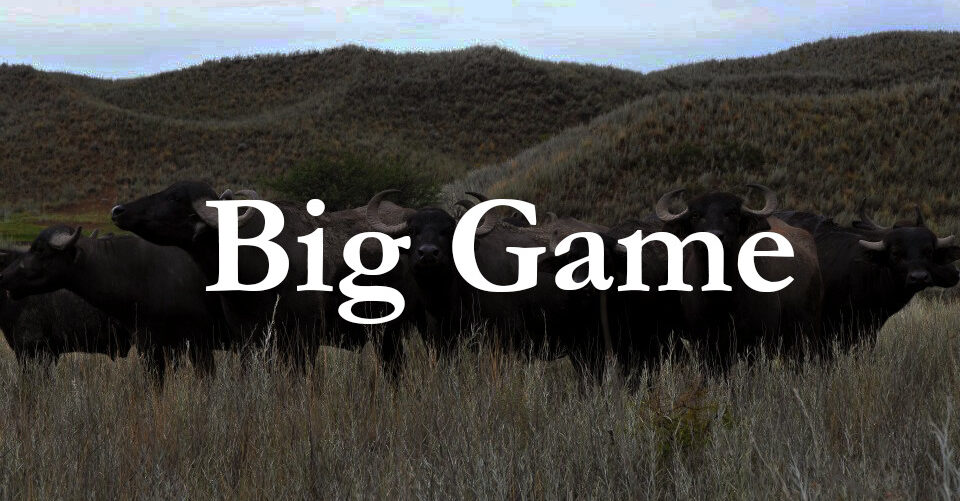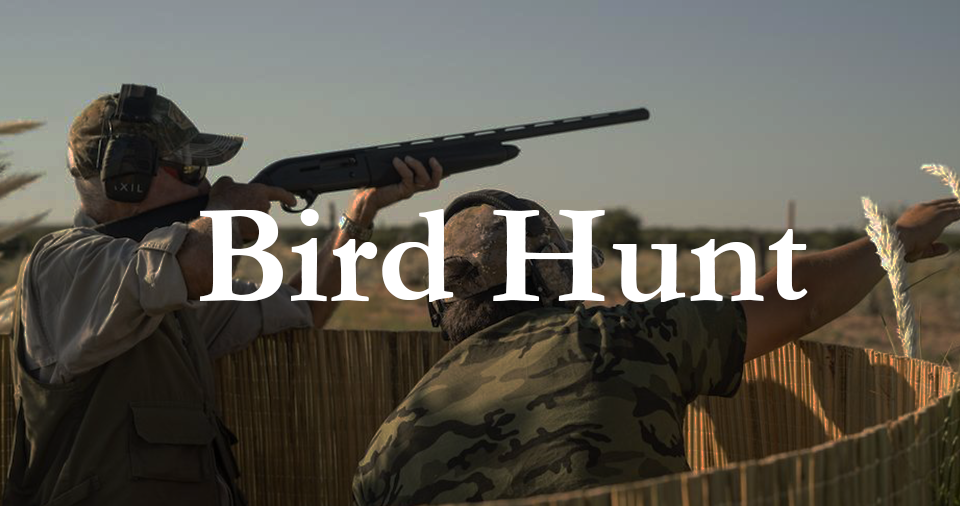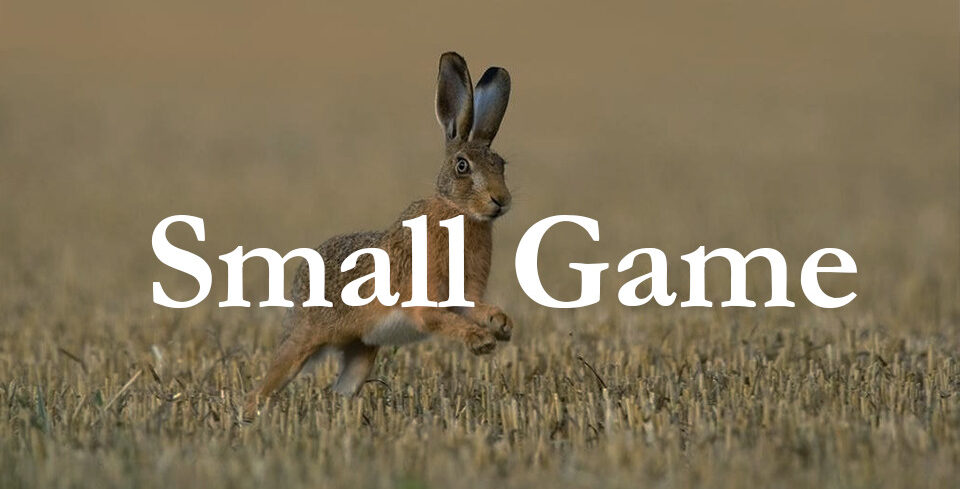Fallow deer are a common sight in many parts of the world, including Europe, Asia, and North America. These majestic animals are known for their striking appearance and unique behavior, making them a popular subject for wildlife enthusiasts and hunters alike. In this article, we will explore 10 fascinating facts about fallow deer, from their physical characteristics to their social behavior and habitat.
1. Fallow deer are native to Europe and Asia.
Fallow deer are found throughout Europe, from the Mediterranean to Scandinavia, as well as in parts of Asia, including Turkey and Iran. They were introduced to other parts of the world, including North America, Australia, and New Zealand, as a game animal.
2. Fallow deer are medium-sized deer.
Fallow deer are smaller than many other deer species, such as red deer and elk. They typically stand about 3-4 feet tall at the shoulder and weigh between 100-200 pounds.
3. Fallow deer have distinctive coats.
Fallow deer have a unique coat that varies in color from light brown to dark brown, with white spots on their back and sides. Some fallow deer have a black coat, which is a rare genetic variation.
4. Fallow deer are social animals.
Fallow deer live in herds, which are led by a dominant male, called a buck. The herd also includes females, called does, and their young, called fawns. Bucks will often fight for the right to mate with the does during the breeding season.
5. Fallow deer are herbivores.
Fallow deer feed on a variety of plants, including grasses, leaves, and fruits. They are known to eat crops, such as wheat and corn, which can cause problems for farmers.
6. Fallow deer have a unique breeding season.
Fallow deer mate in the fall, with the breeding season lasting from October to December. The gestation period for does is around 7 months, with fawns typically born in the spring.
7. Fallow deer have a unique vocalization.
Fallow deer make a distinctive grunt-like sound, which is used to communicate with other deer in their herd. Bucks will also make a loud roar during the breeding season to attract females.
8. Fallow deer are adaptable animals.
Fallow deer are able to adapt to a wide range of habitats, from forests and grasslands to agricultural areas and urban parks. They are also able to survive in areas with harsh winters, thanks to their thick coats.
9. Fallow deer have been hunted for centuries.
Fallow deer have been hunted for their meat and antlers for centuries, with hunting still a popular activity today. In some areas, fallow deer are also culled to control their population.
10. Fallow deer are a valuable part of many ecosystems.
Fallow deer play an important role in many ecosystems, helping to control vegetation and providing food for predators. They are also a popular subject for wildlife photographers and nature enthusiasts.
In conclusion, fallow deer are a fascinating and unique species, with a range of interesting behaviors and characteristics. Whether you are a hunter, a wildlife enthusiast, or simply someone who appreciates the beauty of nature, fallow deer are a valuable and important part of our ecosystem.
